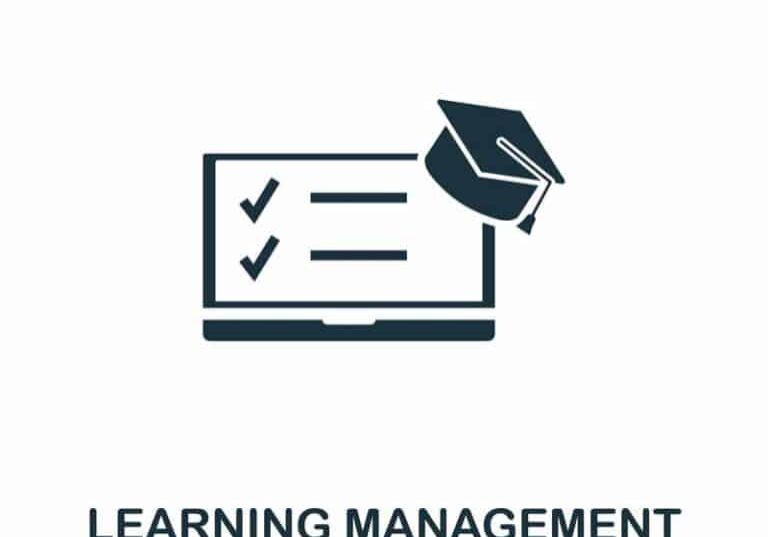Develop a Statement of Educational Technology Philosophy
Before putting an instructional technology program in place it’s a good idea to have a statement of philosophy. A successful instructional technology program must begin with objectives. One strategy is to capture those objectives in an instructional technology philosophy document. This document provides the basis of a technology action plan, and answers the most prevalent questions for faculty.
Key elements of your statement of philosophy:
- What are the purposes of students having access to technology?
- How is technology impacting instruction, and what is our response going to be to it?
- How is teaching and learning changing as a result of kids having access to technology in the classroom? What do we need to know and do in response to these changes?
- How can technology help students demonstrate what they know and understand?
- What are the habits of mind and heart that we want our students to have in relation to technology in the classroom?
- What is the school’s framework going to be for the use of it in instruction? Every teacher, every class?
- Are all courses expected to change?
- What resources do they need to enact the changes?
- What time frame is reasonable for the changes?
- Will there be assessments made of faculty? What are the likely criteria?
- How does technology fit into the other 21st century skills? What other skills are they looking at in terms of assessment?
Educational Technology Philosophy Stakeholders
The document would be authored by a small group of teachers (e.g. 6) representing a mix of departments, skill sets and beliefs. They begin to have real conversations about the tech that students already have – what are their concerns, what are they seeing, what don’t they understand. It needs to represent various points of view on the questions of technology – not just people that are for or against it. Through understanding and sharing during the development of the philosophy, they will agree on how the school will move forward with technology.
The school must commit the resources to the development of this document, and that could very well mean getting teachers time to participate actively.
- Hire or consult with someone to lead the task force who is going to ask provocative questions and spur them forward. This will not be necessary if one or two natural leaders emerge from within.
- Determine if the school has a few teachers that can take the lead on this – to lead their colleagues through a process of discernment of technology. That is likely to mean that resources get allocated for teacher development, and there is time for teachers to work on meaningful technology projects.
- Hire an instructional technology expert. We see this as being required at some point in the process; it is unrealistic to expect that teachers will be able to implement the technology action plan on their own. This person must be a very successful teacher first, and a technology integrator second. Their job will be to work individually with each teacher to implement their own plan.
In our experience the time needed to come up with a philosophy and a list of resources they require to move forward, will vary widely by school but could take up to 6 months to complete.


